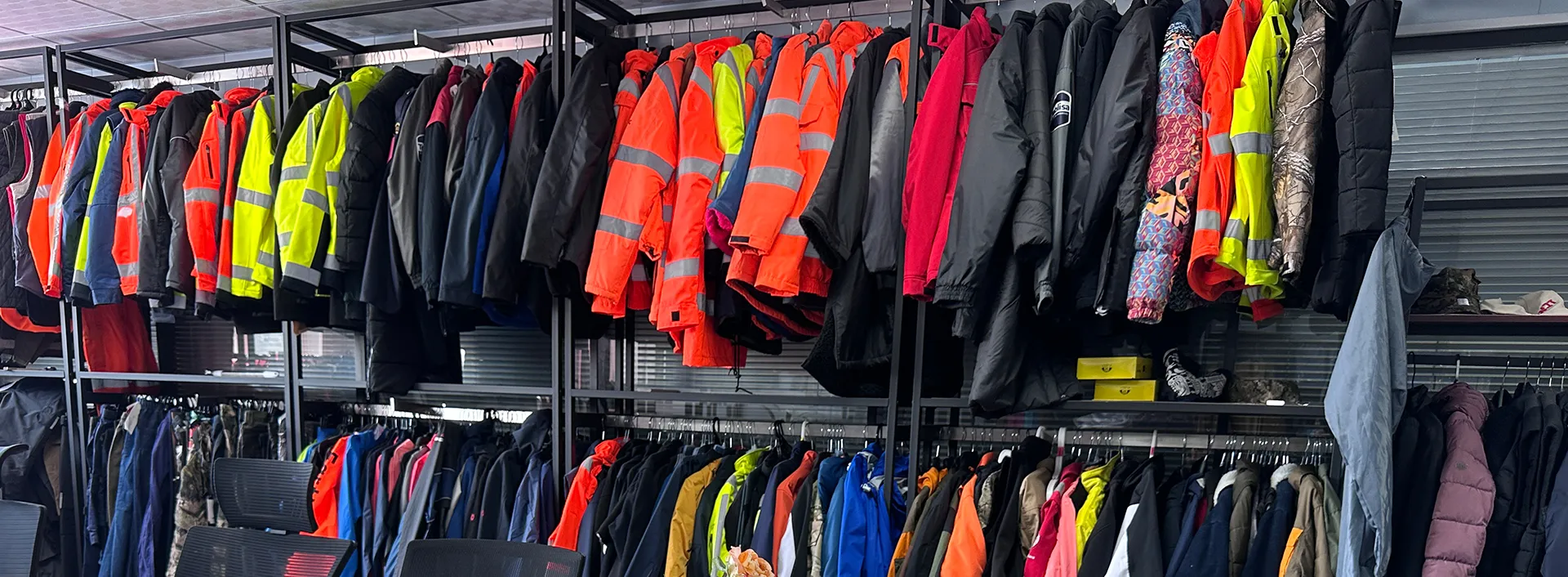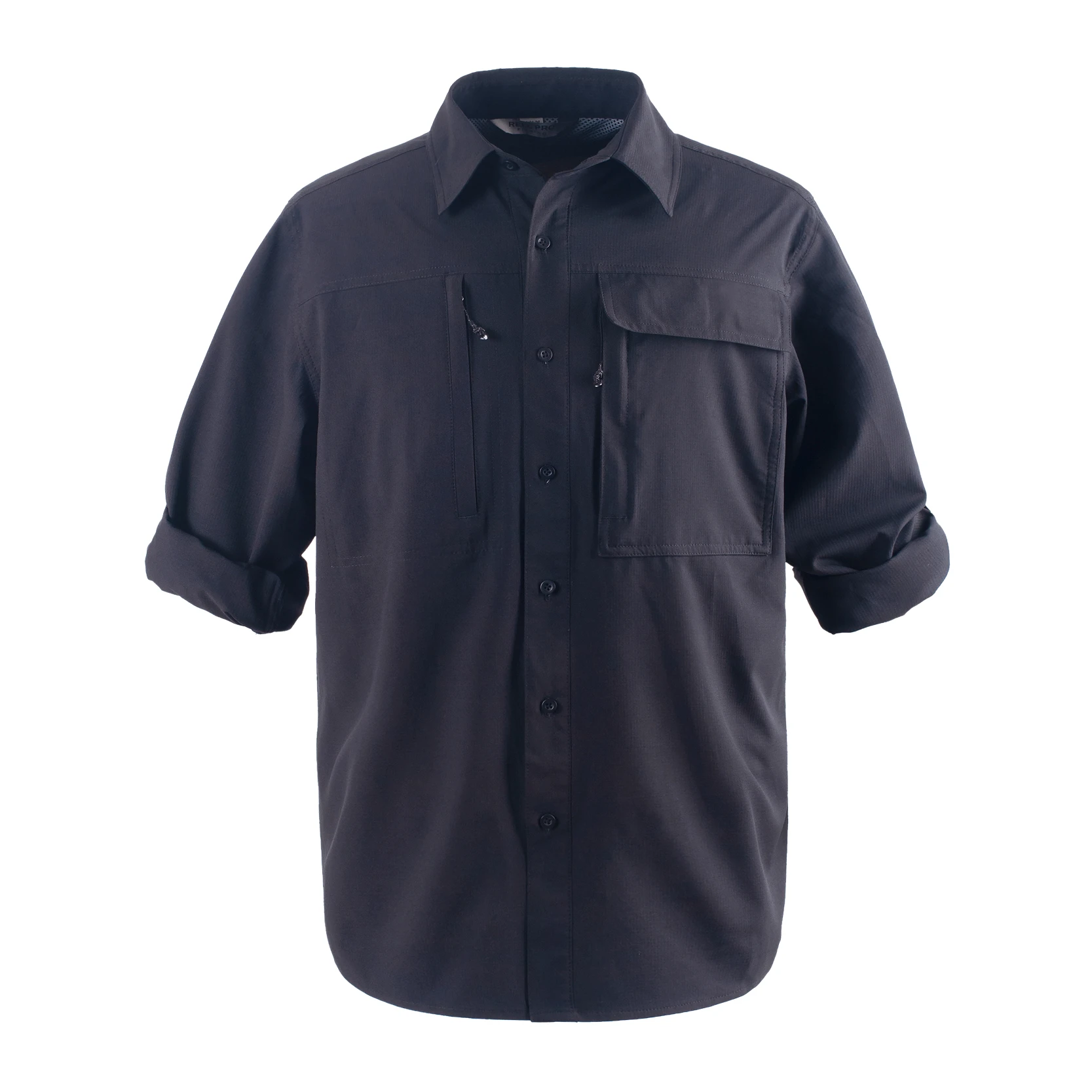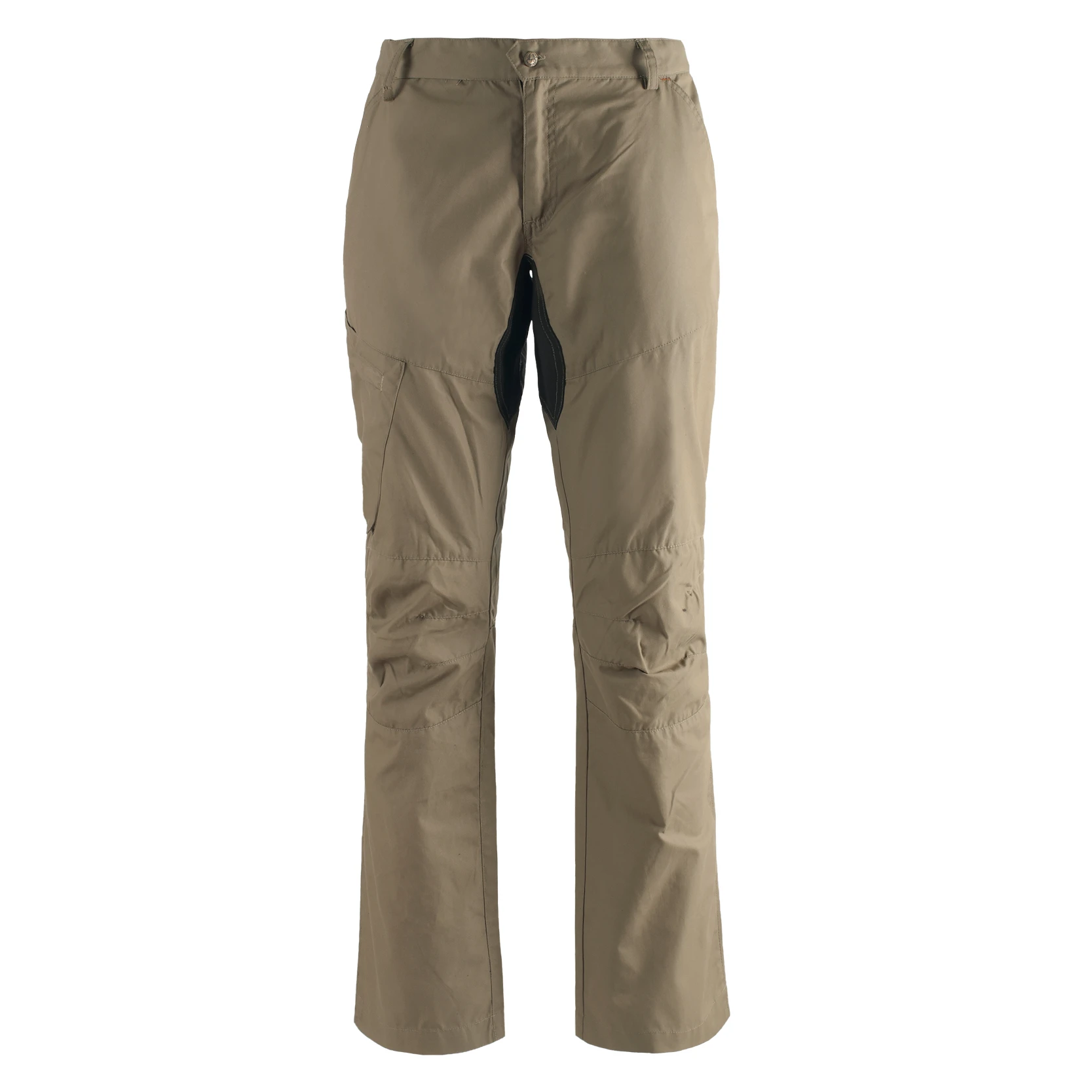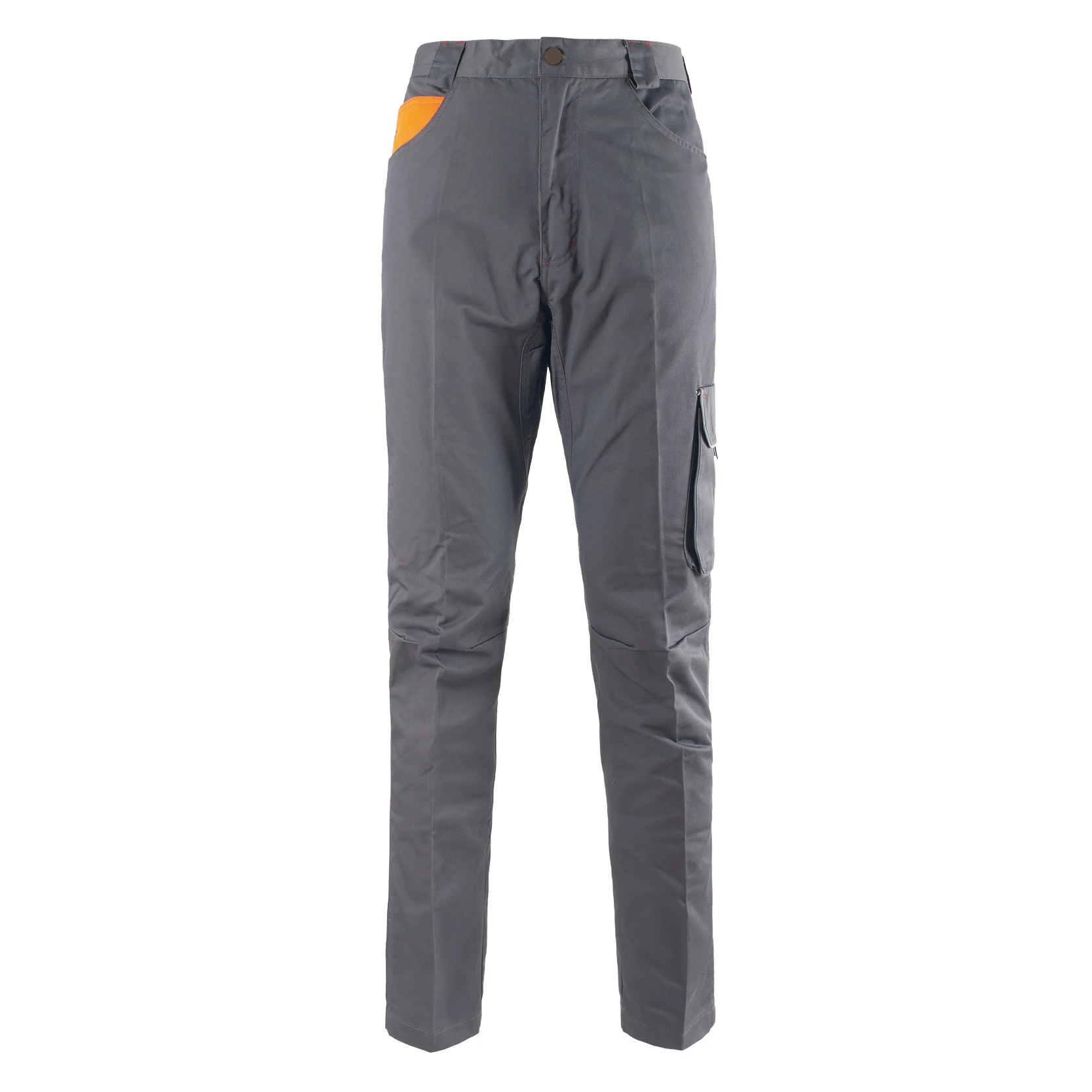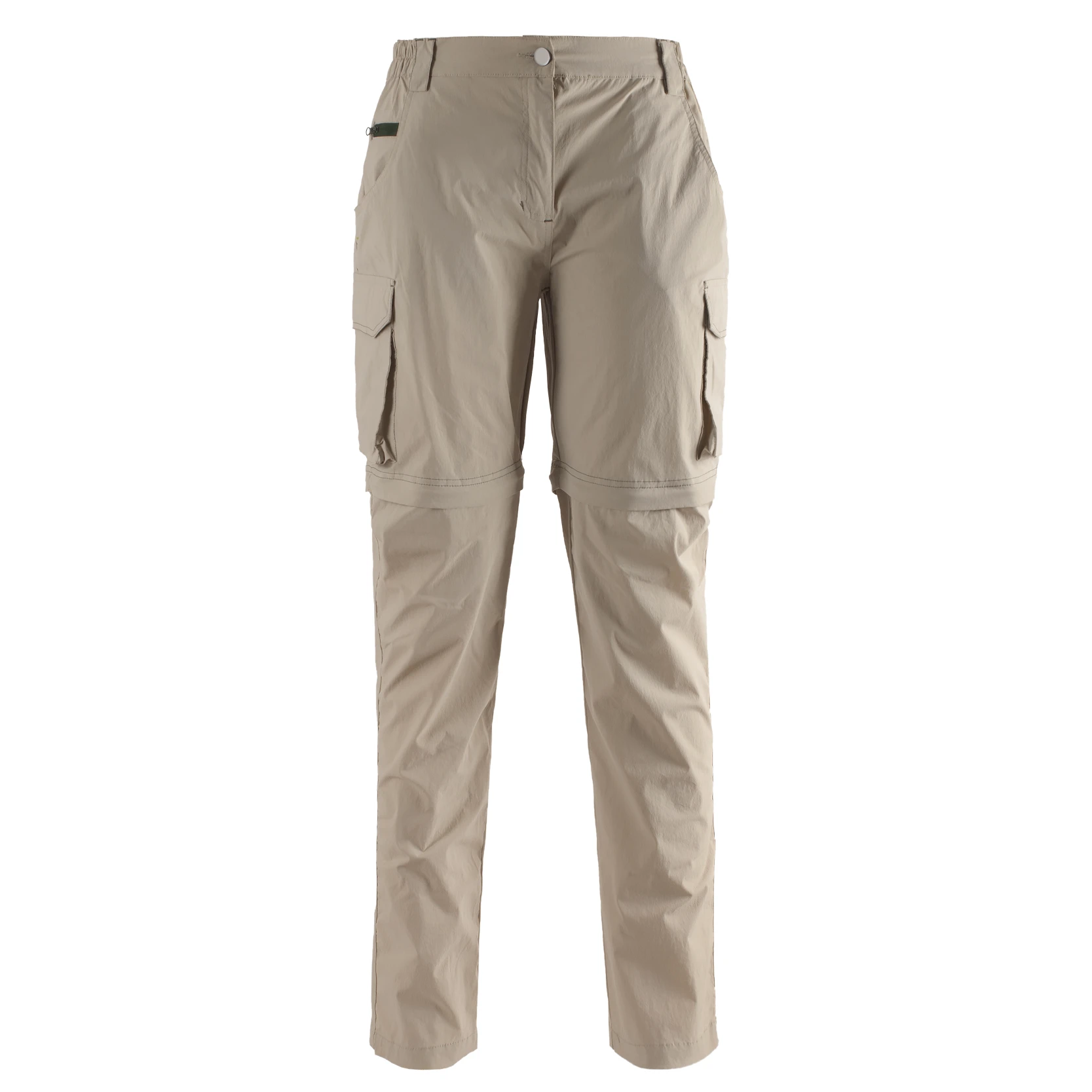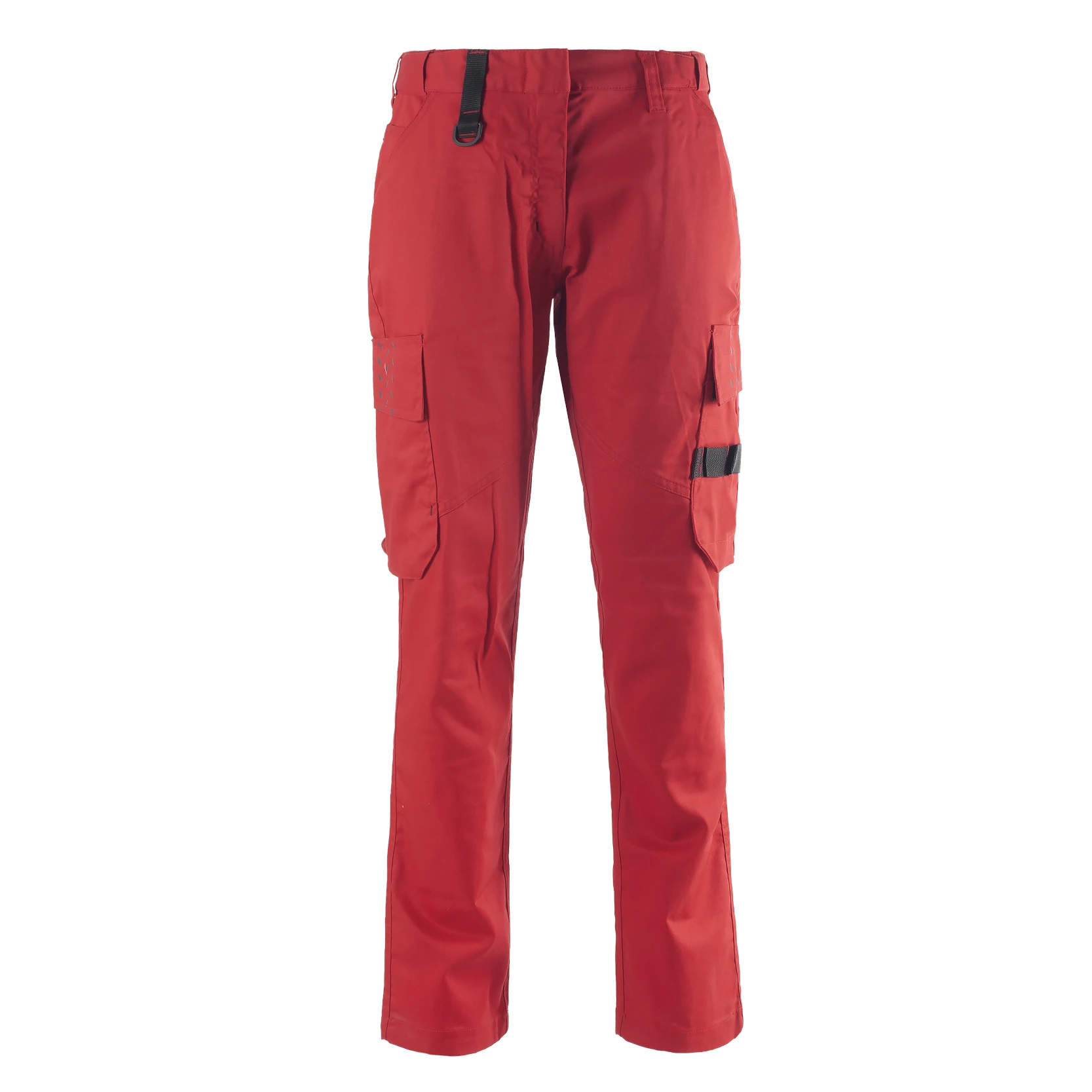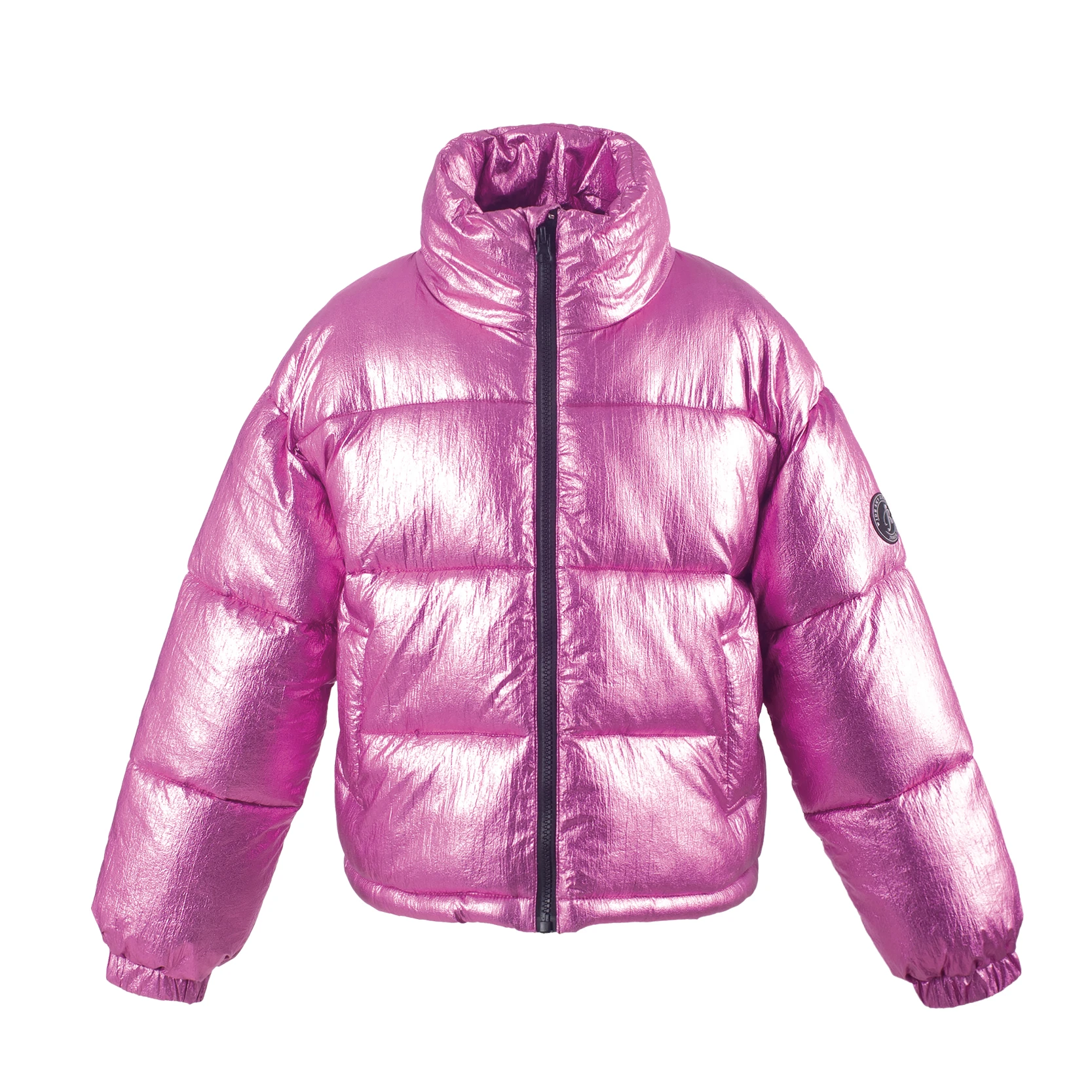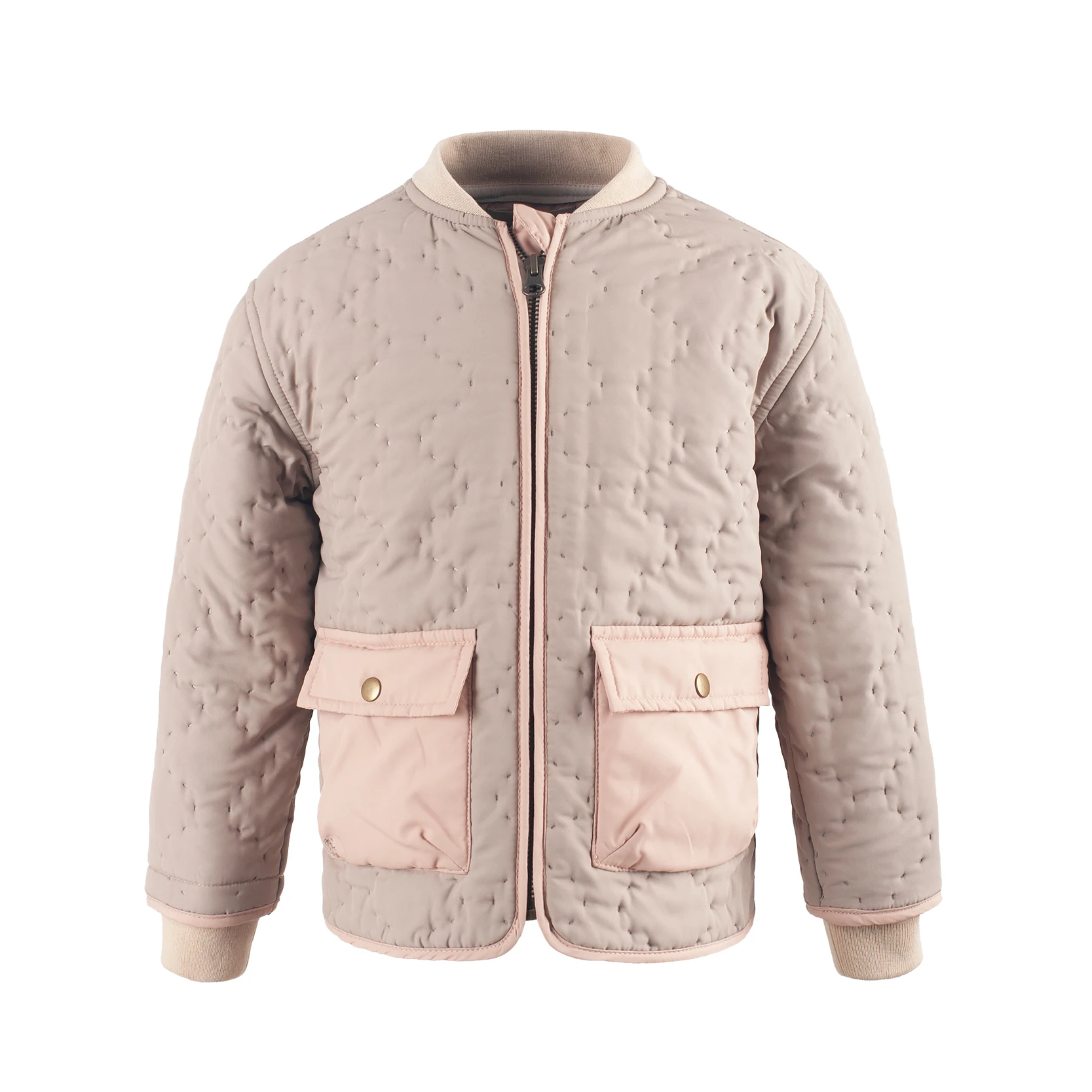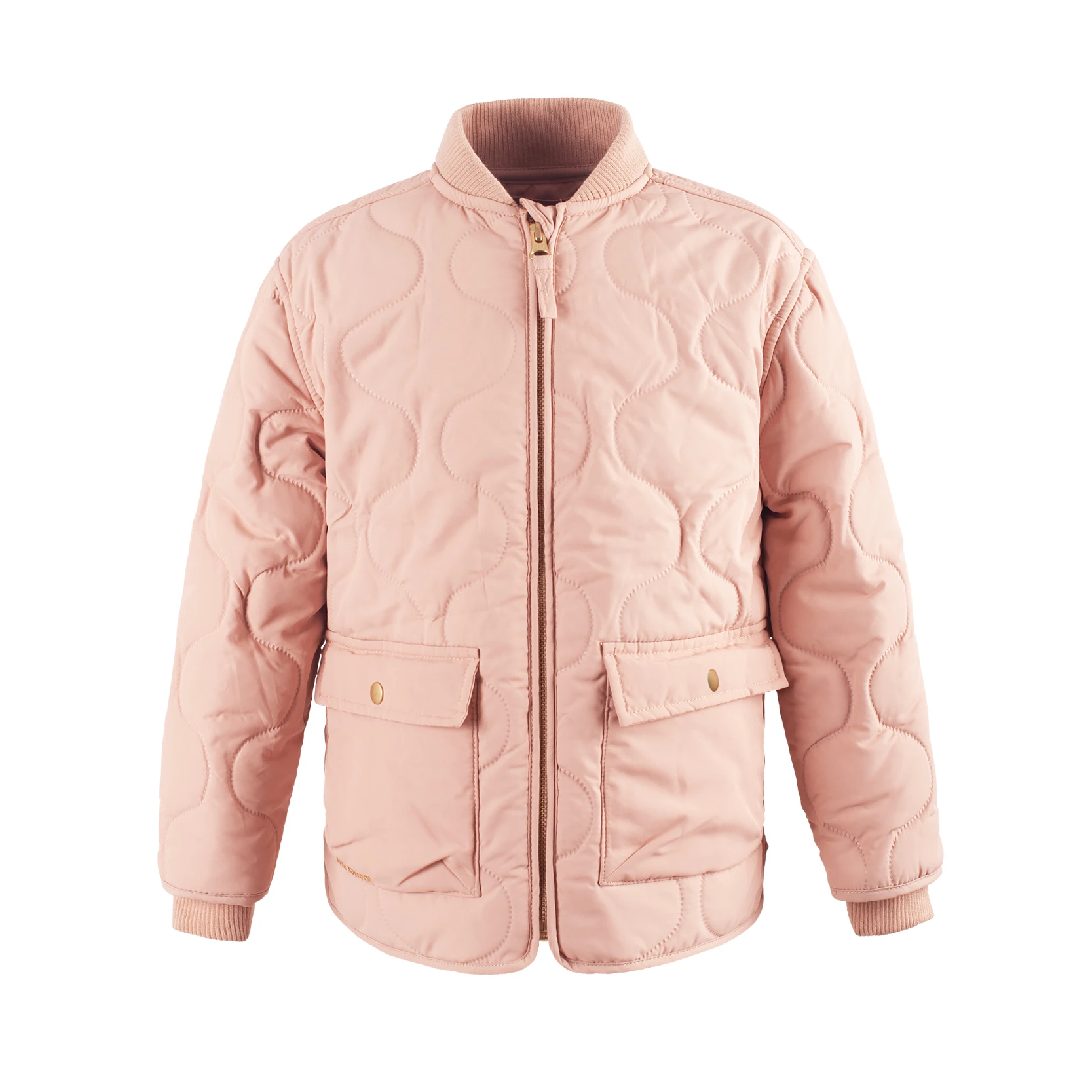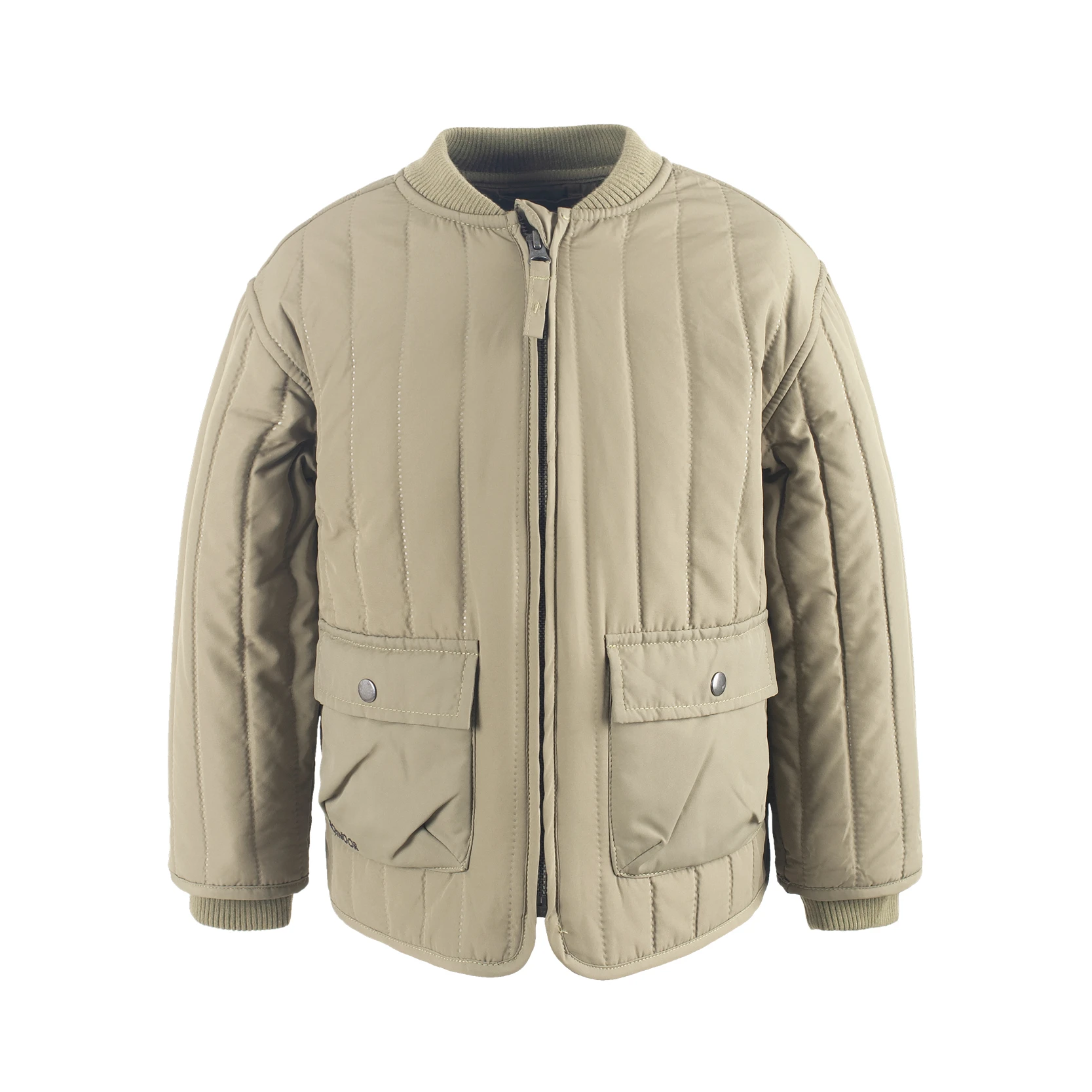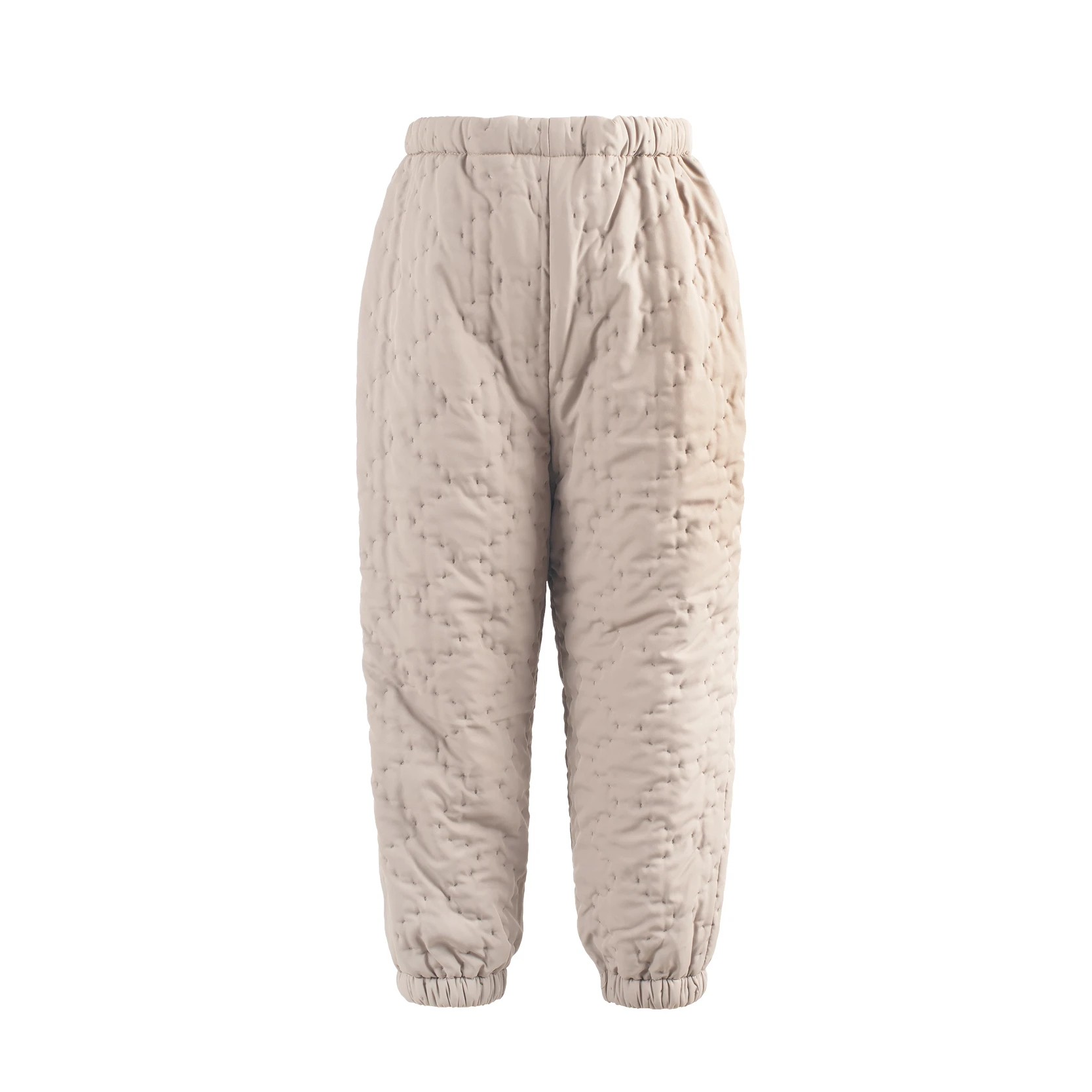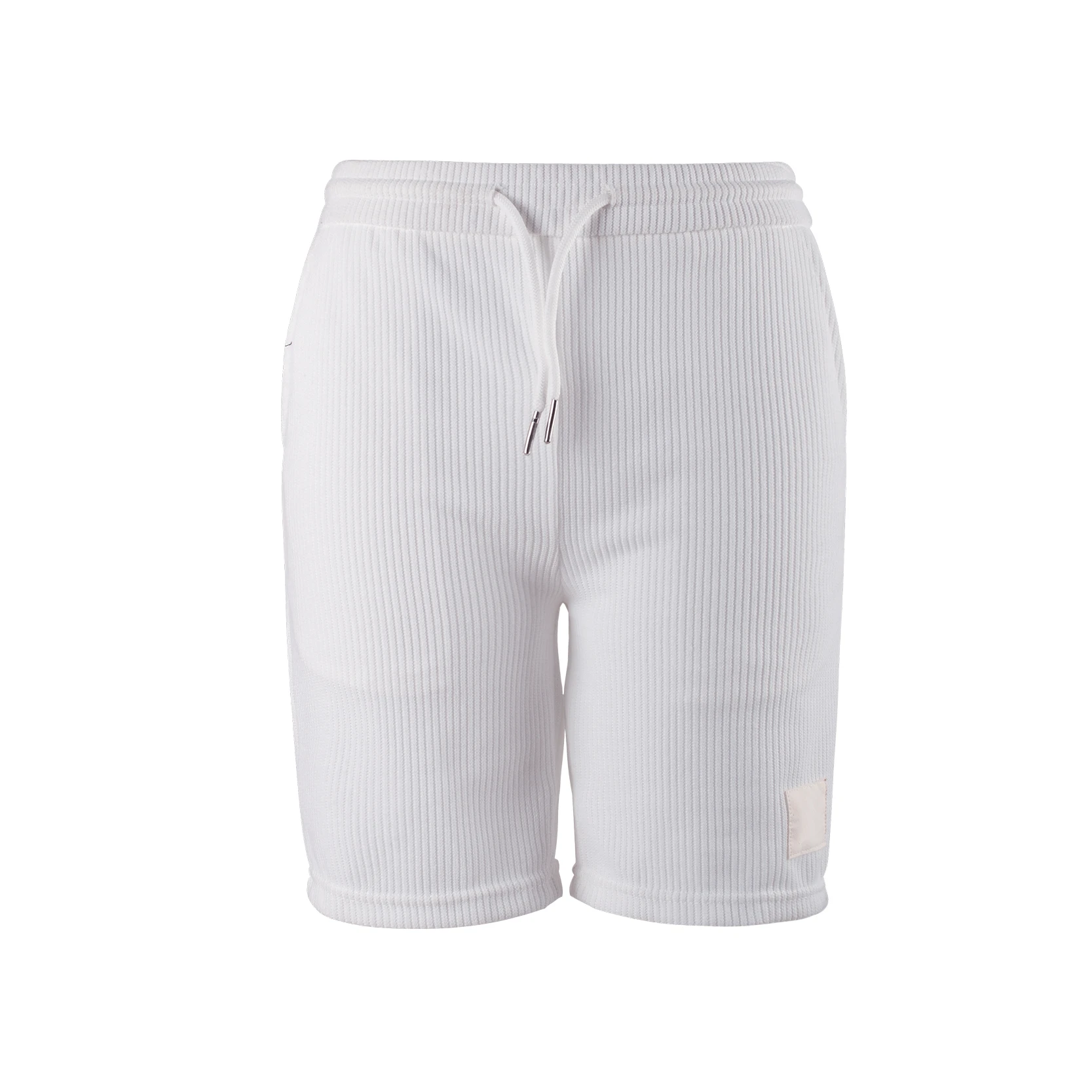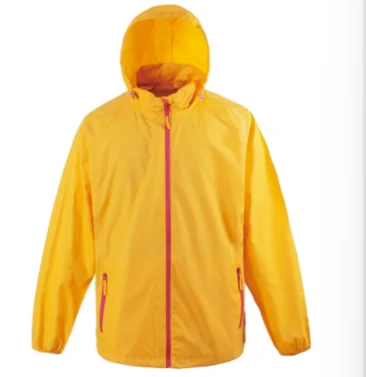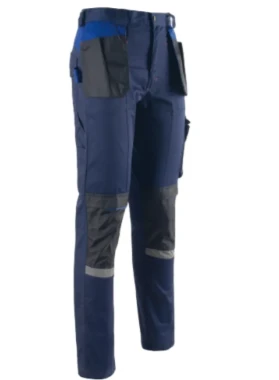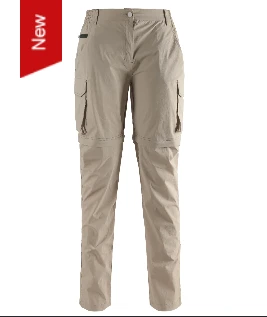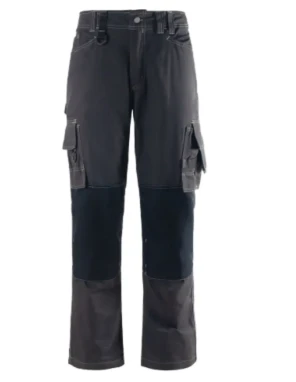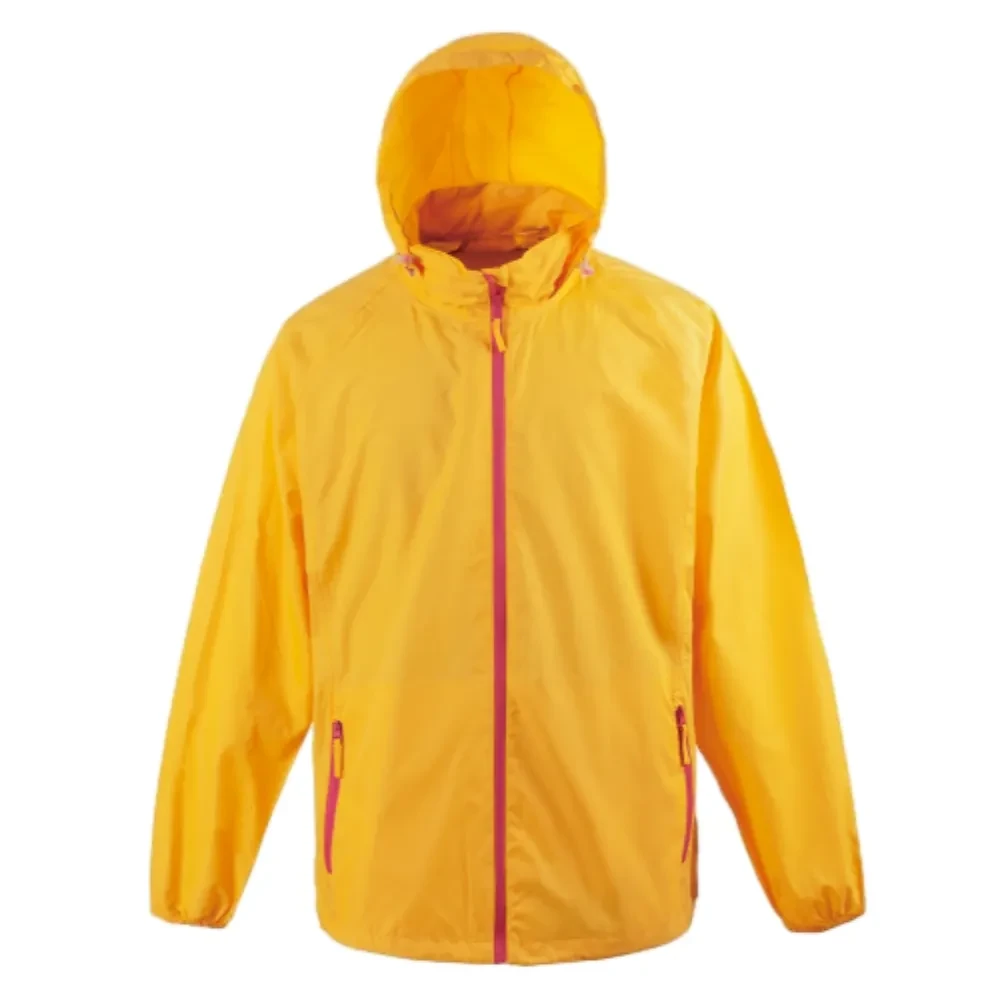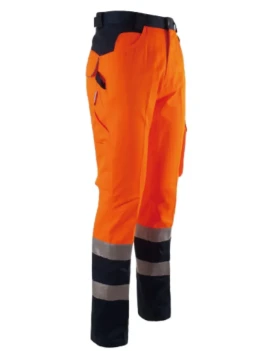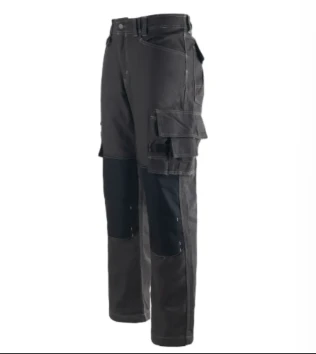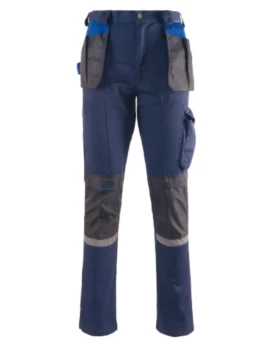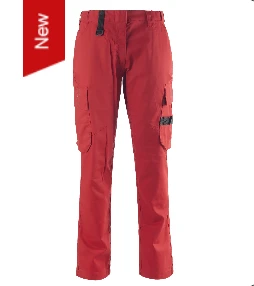In the demanding world of construction, workwear isn't just about looking the part—it's a crucial shield against hazards and a key to maintaining productivity. Safety workwear and safety trousers, in particular, play a vital role in keeping construction workers safe and comfortable on the job. But with a sea of options available, how do you pick the most durable gear? From rugged materials to smart design features.

Prioritize Tough Materials in Workwear
The foundation of durable workwear lies in the materials it’s made from. For construction jobs, heavy - duty fabrics are non - negotiable. Look for workwear crafted from materials like denim, canvas, or Cordura. Denim is a classic choice, known for its strength and ability to resist wear and tear. Canvas, on the other hand, is thick, sturdy, and offers excellent protection against abrasions. Cordura is a high - tech fabric that combines durability with lightweight comfort, making it ideal for long - hours on the site. When it comes to safety trousers, opt for those made from double - layered or reinforced materials, especially in high - stress areas like the knees and seat. These tough materials ensure your workwear can handle rough handling, sharp objects, and constant movement without falling apart.
Seek Out Protective Features in Safety Workwear
Safety workwear should be equipped with features that safeguard against construction - site risks. Look for jackets and shirts with high - visibility elements, such as reflective strips. These are essential for ensuring workers are seen in low - light conditions or amidst heavy machinery. For safety trousers, features like built - in knee pads can provide extra cushioning and protection, reducing the risk of injury when kneeling on hard surfaces. Some safety workwear also comes with flame - resistant or water - resistant coatings. Flame - resistant options are crucial in environments where there’s a risk of fire or sparks, while water - resistant materials keep you dry during rainy days, allowing you to focus on the job at hand.
Ensure a Comfortable Fit for Safety Trousers
A comfortable fit is key when choosing safety trousers or any workwear. Ill - fitting clothes can restrict movement, cause discomfort, and even pose a safety hazard. Look for trousers with an adjustable waistband, whether it’s through buttons, belts, or elastic, to ensure a snug fit. The length should also be appropriate—long enough to cover your ankles but not so long that they drag on the ground and become a tripping risk. For added comfort, consider safety trousers with gusseted crotches or articulated knees. These design elements allow for a greater range of motion, making it easier to bend, stretch, and climb on the construction site. A comfortable pair of safety trousers can significantly enhance your productivity and reduce fatigue throughout the day.
Check for Workwear Quality Construction and Stitching
The quality of construction and stitching can make or break the durability of your workwear. Examine the seams of safety workwear and safety trousers carefully. Reinforced stitching, especially in areas prone to stress like the pockets, hems, and joints, indicates a higher - quality product. Double - or triple - stitched seams are more likely to hold up over time, even with frequent use and washing. Avoid workwear with loose threads or uneven stitching, as these are signs of poor craftsmanship and may lead to premature wear and tear. Additionally, look for features like bar - tacking at stress points, such as the corners of pockets, to further enhance the durability of your workwear.
Workwear FAQS
How Often Should I Replace My Construction Workwear?
The frequency of replacing your construction workwear depends on several factors, including how often you use it, the harshness of the working conditions, and the quality of the initial product. On average, if you work in construction daily, you may need to replace safety trousers and other workwear every 6 - 12 months. However, if you notice signs of significant wear, such as holes, frayed seams, or loss of protective features in safety workwear, it’s time to replace them immediately. Don’t compromise on safety by wearing worn - out workwear that may no longer offer adequate protection.
Can I Wash My Safety Workwear in a Regular Washing Machine?
Yes, in most cases, you can wash your safety workwear in a regular washing machine. However, it’s crucial to follow the care instructions provided by the manufacturer. Some safety workwear may require specific washing temperatures, detergents, or drying methods to maintain its protective properties. For example, flame - resistant workwear may lose its fire - resistant capabilities if washed with fabric softeners. When washing safety trousers, turn them inside out to protect the outer fabric and close all zippers and buttons to prevent snagging. Always air - dry your workwear whenever possible, as high - heat drying can damage the fabric and reduce its lifespan.
Are There Specific Standards for Construction Safety Workwear?
Yes, there are specific standards for construction safety workwear. In many countries, organizations like OSHA (Occupational Safety and Health Administration) in the United States set guidelines and regulations for workwear used in construction. For example, high - visibility safety workwear should meet certain standards for color, reflectivity, and size of reflective elements. Safety trousers may need to comply with standards related to tear resistance, abrasion resistance, and flame resistance depending on the job requirements. When purchasing workwear, look for products that are certified to meet these standards to ensure they offer the necessary level of protection on the construction site.
How Do I Know if Safety Trousers Fit Me Properly?
To determine if safety trousers fit you properly, start by checking the waist. It should be snug but not too tight—you should be able to breathe comfortably and move freely. The length is also important; the trousers should cover your ankles without dragging on the ground. When you bend and stretch, the trousers shouldn’t restrict your movement or feel too tight. If the safety trousers have built - in knee pads, make sure they align with your knees and don’t shift around when you move. Additionally, check the pockets—they should be easily accessible and not too bulky, so they don’t interfere with your work or cause discomfort.
Can I Customize My Construction Workwear?
Yes, you can often customize your construction workwear. Many suppliers offer options to add your company logo, name, or specific designs to workwear and safety workwear. Customization can be done through methods like embroidery, screen printing, or heat transfer. However, when customizing safety trousers or other safety - critical workwear, make sure that the customization process doesn’t compromise the protective features of the garment. For example, adding excessive decorations shouldn’t interfere with the visibility elements of safety workwear or weaken the fabric’s strength. Always check with the manufacturer or supplier to ensure that the customization is safe and compliant with safety standards.


